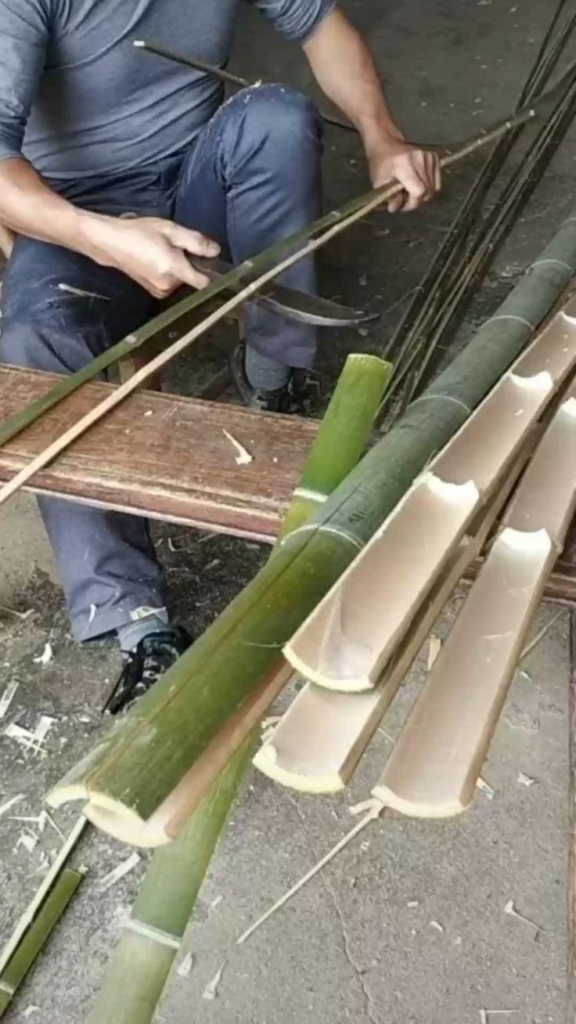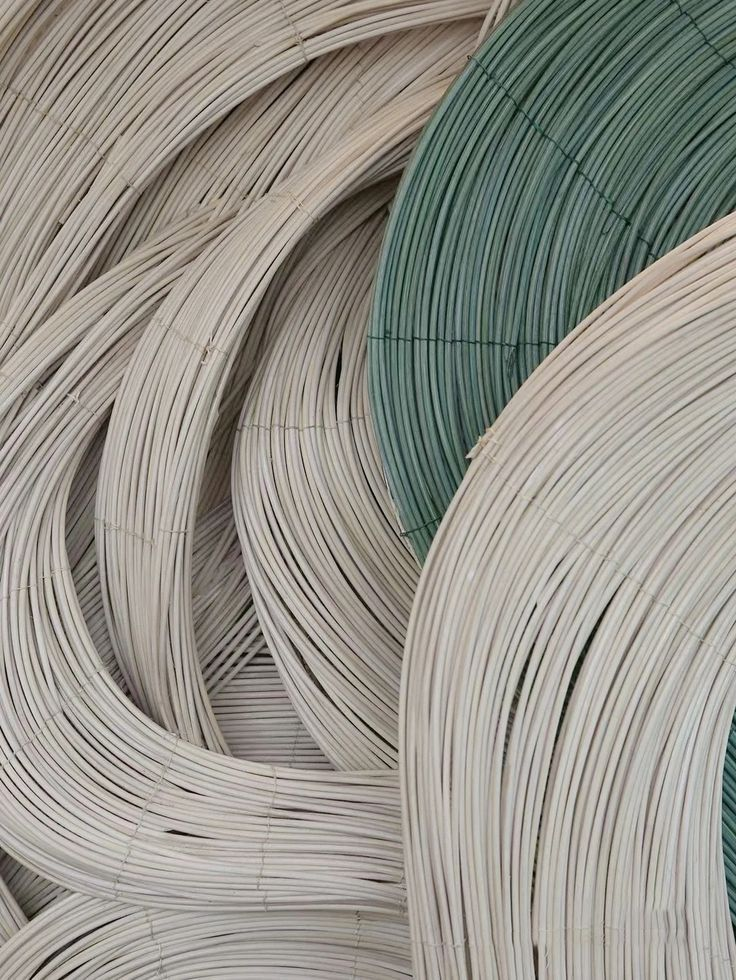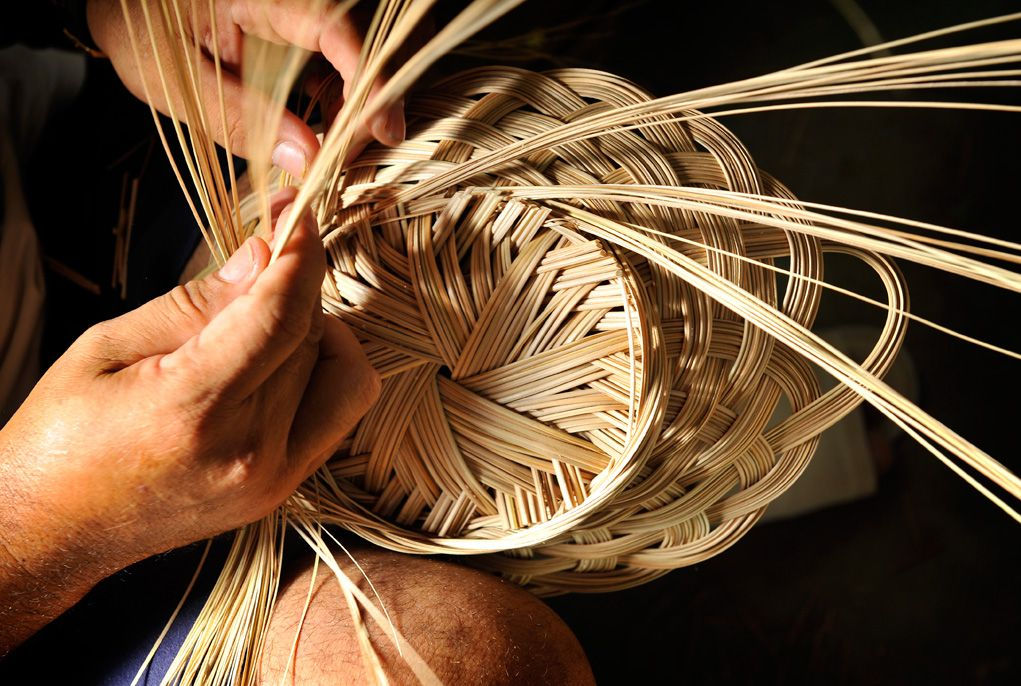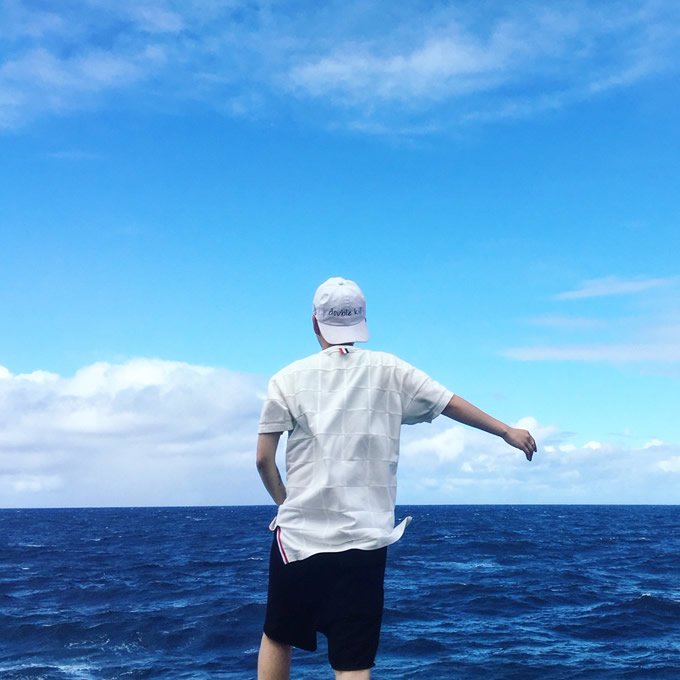Bamboo weaving art is an intangible cultural heritage that Chinese people are proud of. It is so close to our lives. Imagine you are lying on the bamboo weaving mat, resting on the bamboo pillow, shaking a bamboo fan, and casually picking up the fruit from the basket woven by bamboo, that is a similar summer memory for most Chinese. You might be interested in the journey from lush bamboo forest to bamboo weaving crafts.

The first thing is to choose bamboo, in addition to varieties, the more important point is to choose the bamboos that have not been directly exposed to the sun, have no pests or diseases, and have long bamboo stems with fewer joints. They are hard and strong, highly resilient. Cut down the bamboo and remove the branches and leaves, leave only the smooth bamboo stalks. Following that, gently scrape the bamboo stalks to remove the outer layer of bamboo. Until now, the bamboo is still our familiar appearance.

Then the bamboo stalk is split and separated into strips. Begin by dividing in half, then in quarters and go on. Divide each bamboo stalk into finer and finer strips. The strips are further layered into “bamboo green” and “bamboo yellow”, which will be chosen as per the needs.
The next step is to boil bamboo strips in water and then air dry in a shaded area. This step can make the bamboo strips more flexible and maintain a bright color.
After that, bamboo slivering, which is the step requires extremely high skills and patience. The craftsmen need to use a special planer to slice the bamboo strips into thin and elongated bamboo threads. Every bamboo thread must be planed evenly and smoothly, even be slivered into a thickness similar to hair strand. In this step, the bamboo has completely changed its appearance from before. If necessary, bamboo threads can also be dyed.

Finally, these flexible bamboo threads can be woven into various artworks by the craftsmen or designers. The types of bamboo weaving can be categorized into flat and three-dimensional weaving. Flat weaving is detailed, similar to embroidery. In order to create colorful patterns, different colors bamboo threads can be interwoven. Three-dimensional weaving consists of three major steps: starting the foundation, weaving, and securing the edge. There is a lot of braiding textures, like cross braid, herringbone braid, hexagonal braid, spiral braid, and round surface braid. All of them can be found in Booboa. They are not only decorative but also represent the inheritance and innovation of culture.

From the bamboo forest to weaving art, there are complex steps. Every step comes from the painstaking cares of the craftsmen. Every bamboo weaving art showcases the harmony between nature and culture.

Leave a Reply